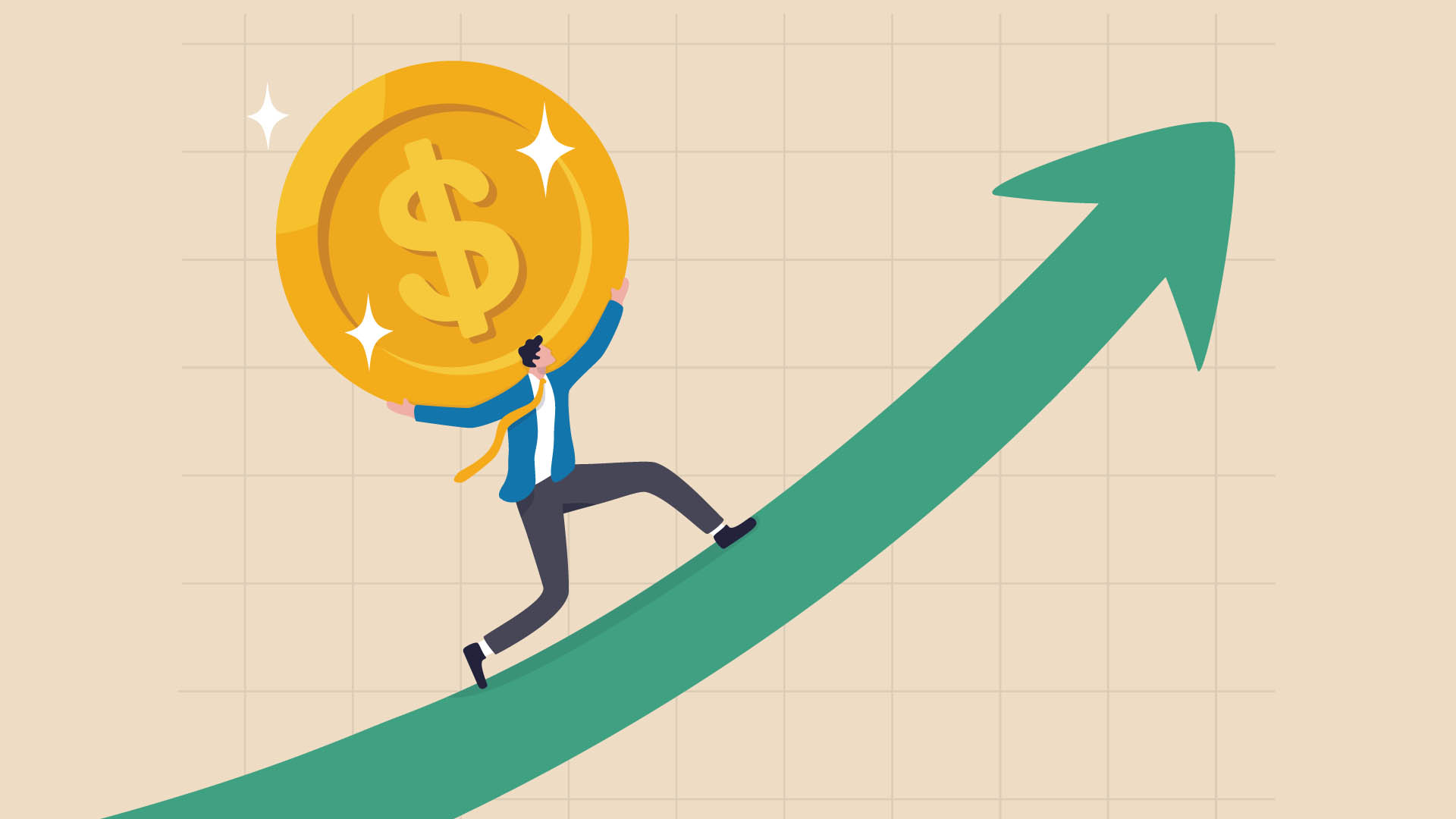Retail sales in the 2023-24 fiscal year commenced on a robust note, with sales showing a seasonally adjusted increase of 0.5%, as revealed by preliminary data from the Australian Bureau of Statistics on Monday.
This surge followed a significant 0.8% decline in June, which had come on the heels of a sales-induced rise of 0.8% in May.
Ben Dorber, the Head of Retail Statistics at the ABS, commented, "The July upswing marks a partial reversal of the previous month's sharp turnover decline. This shift was prompted by less vigorous end-of-financial-year sales."
While July witnessed an upward trajectory, the underlying growth in retail turnover continued to remain restrained, with a mere 2.1% growth noted over the year leading up to July.
(Retail still lags 1.2% or $442 million behind the record monthly peak of $35.825 billion achieved in November of the preceding year.
This was notably lower than the approximately 6% inflation rate sustained through much of the year, underscoring retailers' absorption of considerable price hikes during the same period.
The recent financial year updates from June 30 have painted a somewhat lackluster picture for retailers. From Myer and Coles to Woolies, Super Retail, Bapcor, and Best and Less, many reported subpar performance. However, The Reject Shop's improvement stands out as a noteworthy exception.
Retail turnover exhibited a mixed landscape across states and territories, with New South Wales, Victoria, Queensland, and the Australian Capital Territory experiencing rebounds in July after significant drops in June.
According to the ABS, the majority of non-food industries saw growth in July, bouncing back from substantial declines in June.
Department stores (+3.6%) marked the most significant upsurge, trailed by clothing, footwear, and personal accessory retailing (+2.0%), as well as other retail categories (+0.3%).
Household goods retailing, on the other hand, underwent a second consecutive decrease of 0.2%, marking the eighth monthly dip in turnover over the past year.
Spending related to food demonstrated a mixed trend, with cafes, restaurants, and takeaway food services experiencing a rise of 1.3%, while food retailing remained steady.
Dorber observed, "Despite an overall deceleration in food-related spending in recent months, turnover in cafes, restaurants, and takeaway food services has notably expanded. The July increase was notably propelled by additional spending at catering and takeaway food establishments linked to the 2023 FIFA Women’s World Cup, with another boost anticipated in August due to the same event and the school holidays."
This surge followed a significant 0.8% decline in June, which had come on the heels of a sales-induced rise of 0.8% in May.
Ben Dorber, the Head of Retail Statistics at the ABS, commented, "The July upswing marks a partial reversal of the previous month's sharp turnover decline. This shift was prompted by less vigorous end-of-financial-year sales."
While July witnessed an upward trajectory, the underlying growth in retail turnover continued to remain restrained, with a mere 2.1% growth noted over the year leading up to July.
(Retail still lags 1.2% or $442 million behind the record monthly peak of $35.825 billion achieved in November of the preceding year.
This was notably lower than the approximately 6% inflation rate sustained through much of the year, underscoring retailers' absorption of considerable price hikes during the same period.
The recent financial year updates from June 30 have painted a somewhat lackluster picture for retailers. From Myer and Coles to Woolies, Super Retail, Bapcor, and Best and Less, many reported subpar performance. However, The Reject Shop's improvement stands out as a noteworthy exception.
Retail turnover exhibited a mixed landscape across states and territories, with New South Wales, Victoria, Queensland, and the Australian Capital Territory experiencing rebounds in July after significant drops in June.
According to the ABS, the majority of non-food industries saw growth in July, bouncing back from substantial declines in June.
Department stores (+3.6%) marked the most significant upsurge, trailed by clothing, footwear, and personal accessory retailing (+2.0%), as well as other retail categories (+0.3%).
Household goods retailing, on the other hand, underwent a second consecutive decrease of 0.2%, marking the eighth monthly dip in turnover over the past year.
Spending related to food demonstrated a mixed trend, with cafes, restaurants, and takeaway food services experiencing a rise of 1.3%, while food retailing remained steady.
Dorber observed, "Despite an overall deceleration in food-related spending in recent months, turnover in cafes, restaurants, and takeaway food services has notably expanded. The July increase was notably propelled by additional spending at catering and takeaway food establishments linked to the 2023 FIFA Women’s World Cup, with another boost anticipated in August due to the same event and the school holidays."














